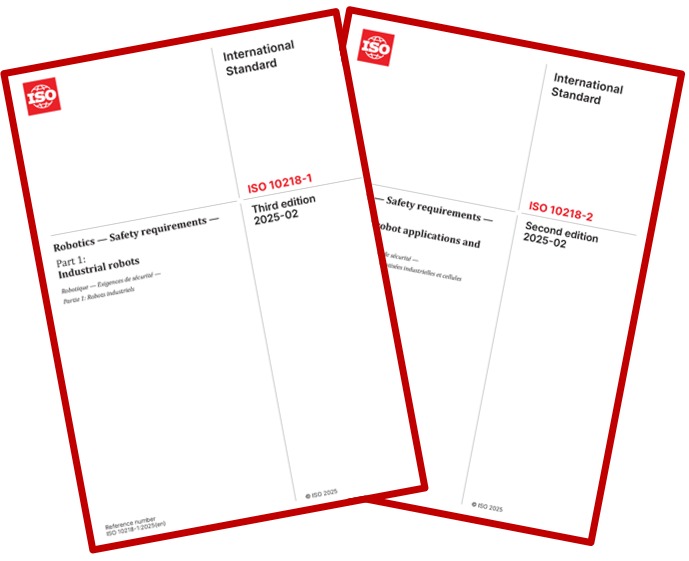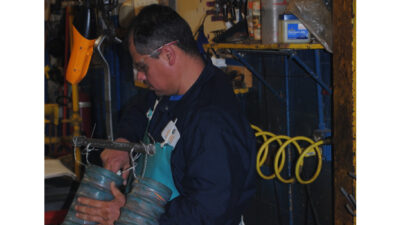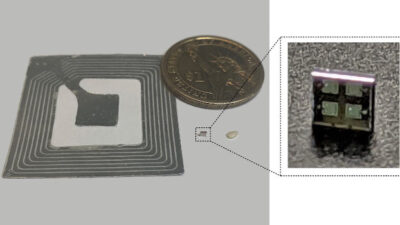The new ISO 10218 parts 1 and 2 clarify functional safety requirements, simplifying compliance.
After nearly eight years of work, the Association for Advancing Automation (A3) announces the publication of the revised ISO 10218, a key international standard for industrial robot safety. This is its first major revision since 2011, providing an important update to safety guidelines for robotics in industrial environments.

“Working alongside hundreds of global experts, A3 played a pivotal role in shepherding this update to publication, to refine safety requirements in response to evolving automation technologies and workplace demands,” said Jeff Burnstein, A3 president. “This effort reflects A3’s ongoing commitment to enhancing robotic safety and supporting the widespread adoption of automation.”
The new ISO 10218 parts 1 and 2 include updates that make functional safety requirements more explicit rather than implied. These changes enhance clarity, helping manufacturers and integrators comply more easily.
In North America, ISO 10218 was adopted as ANSI R15.06 in the United States and CSA Z434 in Canada. Efforts are in progress to adopt the new 10218, with updated versions of R15.06 and Z434 planned for release later this year.
Key Updates in ISO 10218 (2025)
ISO 10218 consists of two parts:
- Part 1: Safety requirements for industrial robots (manufacturers)
- Part 2: Safety requirements for industrial robot applications and robot cells (system integrators)
Both parts have been updated to reflect new safety requirements and technologies, including:
- Clearer functional safety guidelines for compliance and risk management.
- Integrated safety requirements for collaborative robot applications, incorporating ISO/TS 15066.
- Added safety guidance for manual load/unload procedures and end-effectors, merging content from TR 20218-1 and TR 20218-2.
- New robot classifications with related safety requirements and test methods.
- Cybersecurity requirements for industrial robot safety.
Carole Franklin, director of standards at A3 Robotics, highlighted the importance of these updates: “With automation evolving at an unprecedented pace, it is essential that safety standards keep up with the latest advancements. This is a critical step in ensuring that as automation grows, worker safety remains a top priority. These revisions provide clearer guidelines and new classifications that will help manufacturers and system integrators implement the latest technology for safer robotic solutions.”
Industry Impact
“This set of safety standards has immense global acceptance, but updates were needed,” said Roberta Nelson Shea, global technical compliance officer at Universal Robots and convenor of ISO TC 299 Working Group 3. “This is a pivotal moment for industrial robotics. With automation advancing at lightning speed, we need safety standards that keep pace.”
Edited by Puja Mitra, WTWH Media, for Control Engineering, from an Association for Advancing Automation news release.



